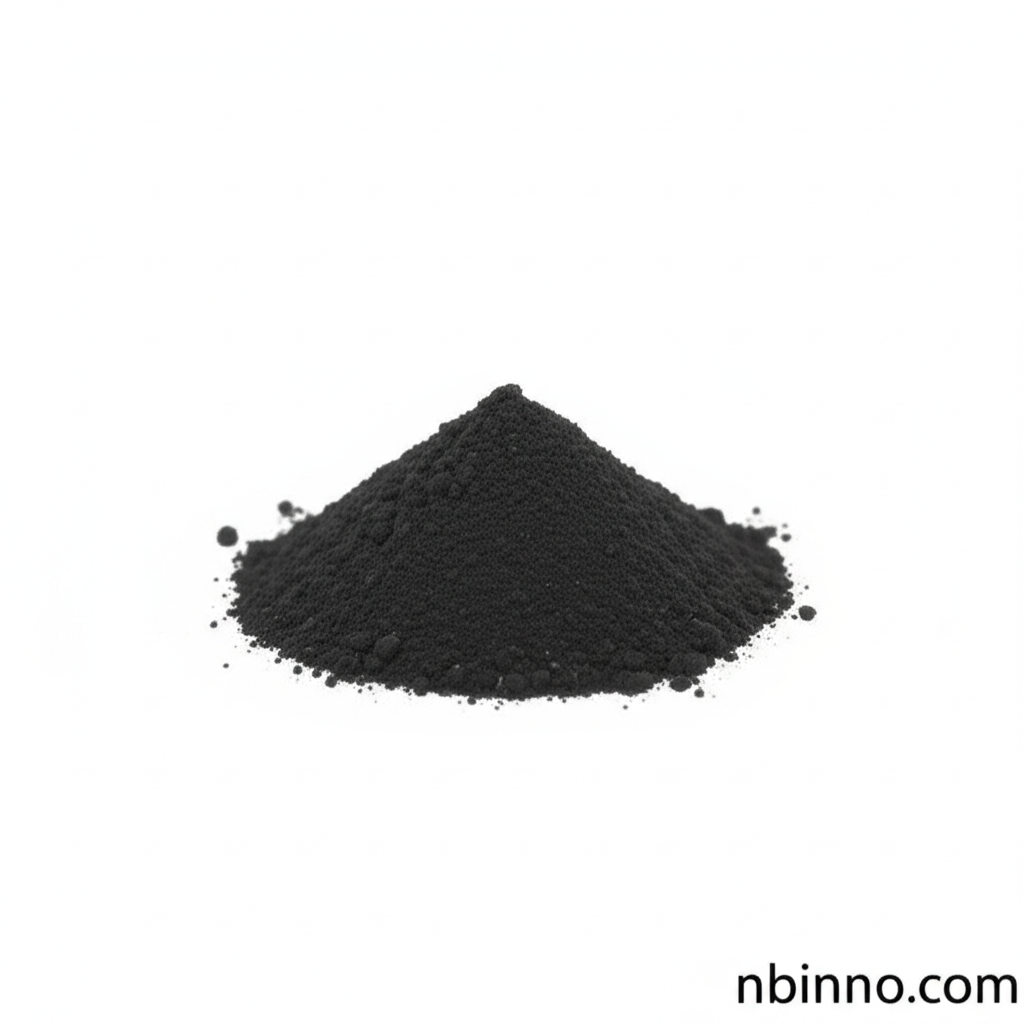Dichlorotetrakis(2-(2-pyridinyl)phenyl)diiridium(III): A Key Material for OLEDs and Catalysis
Explore the versatile applications and properties of this advanced organometallic compound.
Get a Quote & SampleProduct Core Value

Dichlorotetrakis(2-(2-pyridinyl)phenyl)diiridium(III)
This organometallic compound, with CAS number 92220-65-0, serves as a crucial precursor for various OLED iridium compounds, significantly contributing to the development of advanced organic electronics. Its unique structure and properties also lend themselves to applications as a catalyst in important chemical transformations, including C-H activation processes that are vital for synthesizing complex organic molecules.
- Discover the role of this iridium complex catalyst for C-H activation in modern organic synthesis.
- Understand why organometallic compounds for organic electronics like this are essential for high-performance devices.
- Learn about the utility of this compound as a photocatalyst in organic synthesis, enabling efficient chemical reactions.
- Explore the biological activity of iridium complexes and their potential in phototherapy applications.
Advantages Offered by the Product
OLED Precursor Excellence
As a key OLED material, it enables the creation of vibrant and efficient displays. Its use as an iridium complex precursor for OLED iridium compounds ensures high performance in optoelectronic devices.
Catalytic Efficiency
Leverage its capability as an iridium complex catalyst for various organic transformations, improving yields and selectivity in chemical synthesis.
Material Science Innovation
Its application in material science leads to the development of novel functional materials with unique electronic and optical properties.
Key Applications
Organic Light-Emitting Diodes (OLEDs)
Serves as a vital precursor for developing highly efficient emissive materials, crucial for the next generation of displays and lighting.
Catalysis
Utilized as a catalyst in various organic reactions, particularly C-H activation, facilitating the synthesis of complex molecules.
Material Science Research
Enables the creation of advanced materials with tailored optical and electronic properties for novel applications.
Phototherapy
Explored for its potential in photodynamic therapy due to its ability to generate reactive oxygen species upon light activation.
